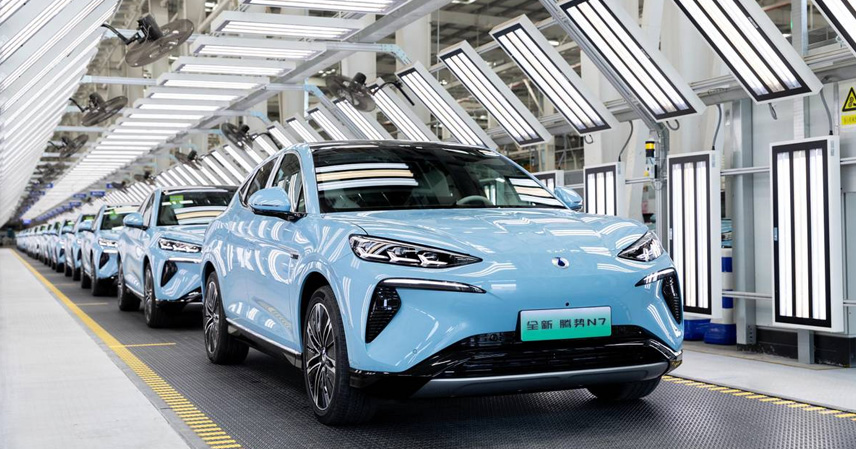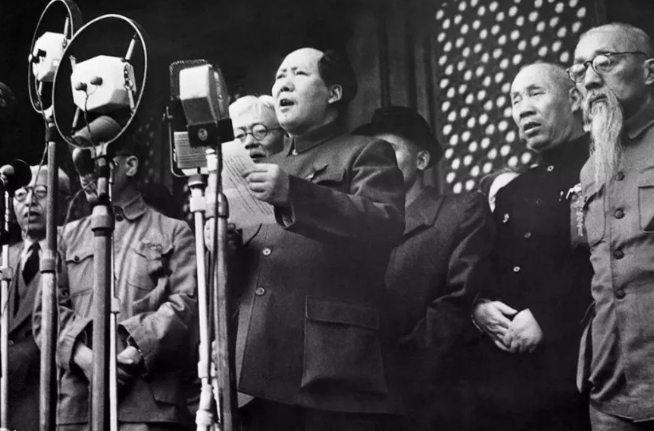An American netizen recently asked on a Q&A website: “If China is so great, why has it never invented anything?”
To be honest, this level of misunderstanding is shocking—but it also gives us a chance to discuss China’s remarkable history of inventions.
So, what has China actually created, and how has it changed the world?

What Would the World Be Without China?
When thinking about Chinese inventions, most people immediately think of the Four Great Inventions. But have you ever wondered what the world would look like without them?
In 105 AD, Cai Lun improved papermaking techniques, which gradually spread worldwide. Without paper, Europe’s Renaissance and Reformation would have been unimaginable.
Imagine Shakespeare’s plays written on parchment—how many sheep would it take to produce a single copy of Hamlet? Printing technology further fueled the explosion of knowledge in Europe. During the Northern Song Dynasty, Bi Sheng invented movable type printing more than 400 years before Gutenberg.

Gunpowder appeared in the Tang Dynasty and became widely used in the Song Dynasty, transforming warfare. Without cannons, medieval naval battles would have remained close-combat affairs.
The invention of the compass ushered in the Age of Exploration. Columbus’s discovery of the Americas relied on this small device for navigation. In short, without China’s Four Great Inventions, today’s world—and perhaps even the United States—might not exist as we know it.
But China’s ancient inventions go far beyond these. In 2013, the Chinese Academy of Sciences compiled a list of 88 Chinese inventions with global influence. Sericulture enabled the Silk Road, connecting East and West. Tea cultivation now supports tens of millions of farmers worldwide. Variolation for smallpox laid the foundation for modern vaccines.

In mathematics, Chinese contributions are invaluable: decimal counting, the abacus, and solutions for linear congruences are all products of Chinese ingenuity. The Pythagorean theorem was applied in The Nine Chapters on the Mathematical Art centuries before Pythagoras.
In astronomy, Zhang Heng’s armillary sphere was remarkably precise. The seismoscope, though unable to predict earthquakes, was the world’s first instrument to detect them and had undeniable scientific value.
China also led in steelmaking technology for centuries, mastering it during the Spring and Autumn and Warring States periods—over a thousand years before Europe.
Deep-well drilling was another Chinese first. The salt mining technology in Zigong, Sichuan, led the world by nearly a millennium. These inventions were not born overnight; they were the result of thousands of years of Chinese civilization.

From Catching Up to Leading the Way
Some may argue that ancient China was impressive, but modern China isn’t. That’s not true. Although China missed the industrial revolution after the 16th century, the country’s achievements since the founding of the People’s Republic of China are extraordinary.
In the 1960s, Chinese scientists achieved groundbreaking feats. In 1965, they synthesized bovine insulin for the first time in history, creating the first biologically active protein. Yuan Longping’s hybrid rice revolutionized global food production, feeding billions and increasing yields in dozens of countries—directly benefiting about 700 million people.
In the 21st century, China’s innovation has been breathtaking. In quantum communications, China launched the world’s first quantum science satellite, “Micius,” achieving entanglement distribution over a thousand kilometers. In supercomputing, systems like Tianhe and Sunway repeatedly topped global rankings.
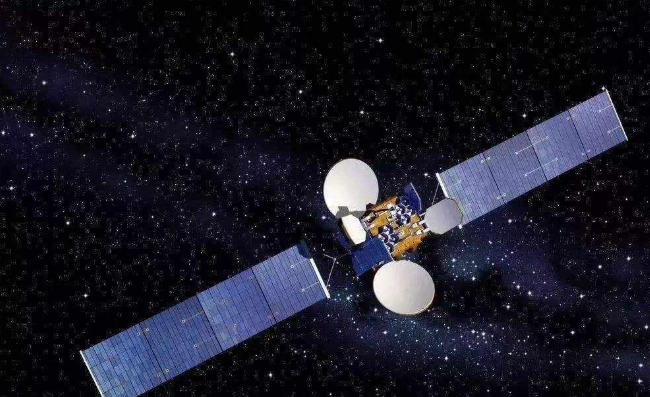
The EAST tokamak achieved a world record of 100 million degrees Celsius for 1,066 seconds in high-confinement mode, bringing humanity closer to clean, limitless energy. This temperature is more than six times the core of the sun, and the sustained duration is unprecedented.
China also leads globally in 5G, with 4.598 million base stations built, covering not only cities but vast rural areas—accounting for over 60% of the world’s 5G infrastructure.
Liquid-air energy storage technology has solved key challenges in renewable energy storage, demonstrated by the 60-megawatt pilot project.
In artificial intelligence, breakthroughs in deaminase-based transcription factors and adipic acid biomanufacturing are driving innovation in healthcare and chemical industries.

The so-called “New Four Great Inventions”—high-speed rail, mobile payments, e-commerce, and shared bikes—may not have originated in China, but China has taken them to unprecedented levels. For example, China’s high-speed rail network exceeds 40,000 kilometers, more than 70% of the world’s total, and exports technology to dozens of countries. These seemingly everyday innovations are changing the world.
Confidence Without Arrogance
Many Chinese people have long felt insecure about their technological achievements. Some dismiss ancient inventions as outdated, while others think modern technology is insufficient. This mindset is unnecessary.
Judging Chinese ancient science by Western modern scientific standards carries an inherent Eurocentric bias. British scholar Joseph Needham raised the famous “Needham Question,” wondering why China lagged in scientific development after the 15th century—but his question assumes Western science is the benchmark.
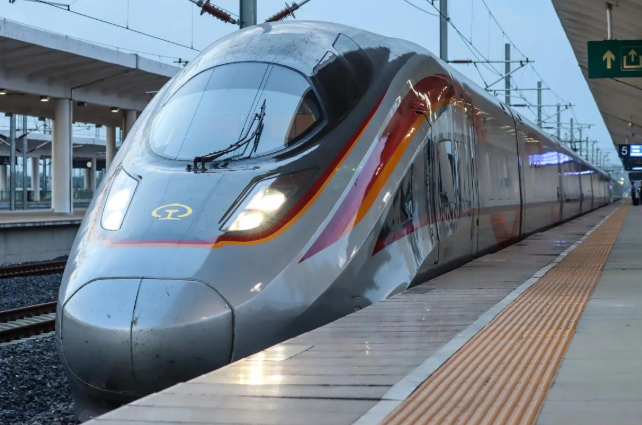
In fact, Chinese empirical science and Western modern natural science are two different systems, each with strengths. There’s no need to rank them.
China’s ability to maintain a unified civilization for thousands of years without interruption shows its resilience and adaptability. If China were as backward as some claim, how could it have survived the currents of history?
Today, China leads globally in 5G, high-speed rail, and renewable energy. Western sanctions and restrictions only reflect the pressure felt by China’s rise.
Acknowledging achievements does not mean blind arrogance. There remain gaps in key technologies, such as chips, aircraft engines, and advanced medical equipment.
However, examples like Huawei, ZTE, and Yangtze Memory Technologies show that being “restricted” can stimulate immense innovation.
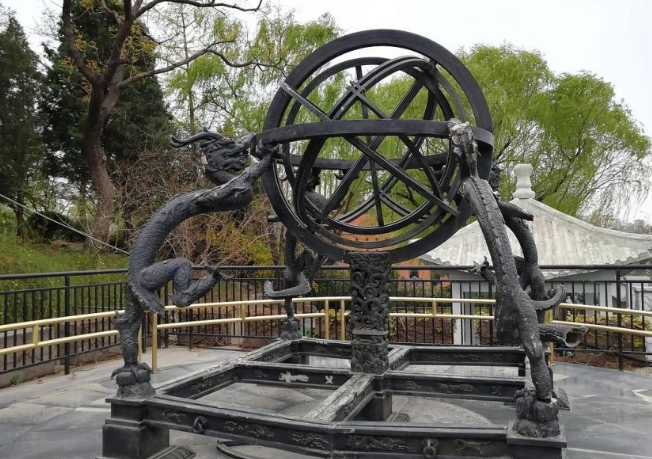
From another perspective, competition between China and the U.S. drives global technological progress. Competition fuels advancement—a fundamental law of market economies. China’s rapid development in AI, new energy vehicles, and quantum technology is reshaping the global tech landscape.
From the Four Great Inventions to high-speed rail, 5G, mobile payments, hybrid rice, and controlled nuclear fusion, China’s innovation history demonstrates that the nation has never lacked inventiveness.
To those who question China’s ability to innovate, we can simply smile. Facts speak louder than words, and innovation speaks for itself.
References:
- Chinese Academy of Sciences, 2013: Compilation of Influential Ancient Chinese Inventions
- Joseph Needham, Science and Civilisation in China

